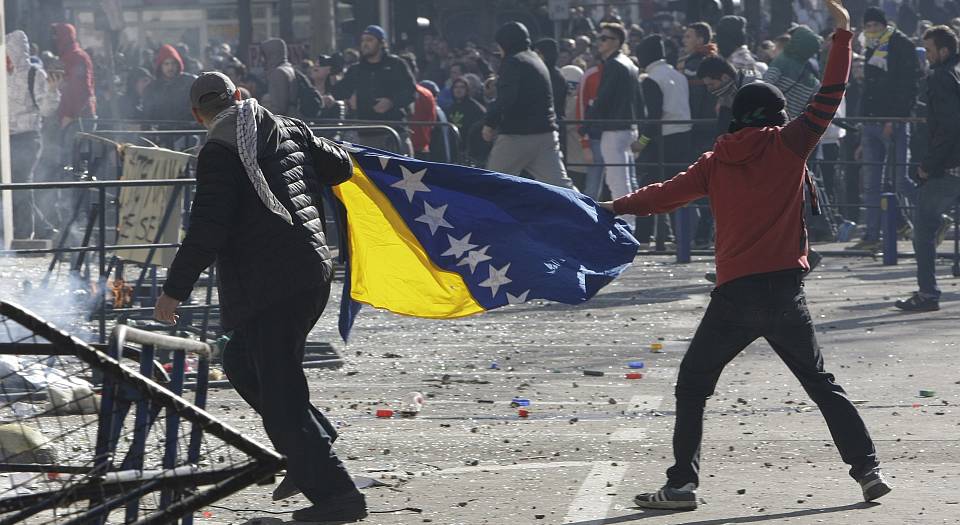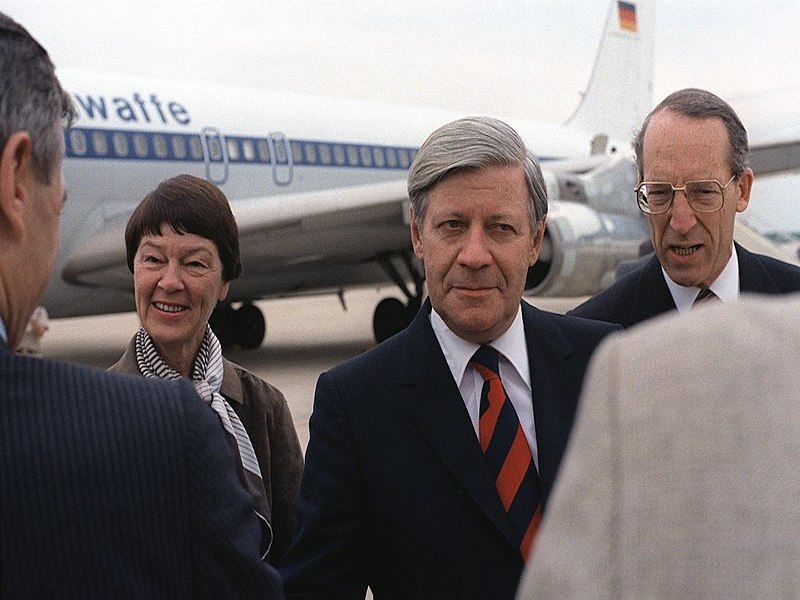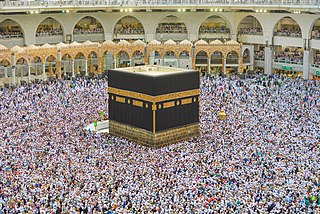Protests in Bosnia
In early February, angry protesters in Bosnia took to the streets of Sarajevo, Mostar and Tuzla, sparking the worst outbreaks of violence the nation has seen since the end of the conflict in 1995.
Demonstrators in those cities engaged in violent forms of protest: videos and images of citizens setting fire to government buildings and flipping over police cars have gone viral across the web. An economist correspondent alleged that the protests in Tuzla began when workers from a number of bankrupt private companies lost their jobs. Bosnia has seen little economic growth over the last two decades, and much like the rest of Europe, the last few years of economic downturn have made Bosnia’s already bad unemployment situation worse. Today, the unemployment rate is standing at 27.5 %, and is even higher among the youth demographic – a dangerous recipe for a country just emerging from a century long conflict.
After Dayton
Nearly two decades of peacetime have now passed since the end of Bosnia’s bloody war in 1995, at the signing of the Dayton Peace Agreement in Dayton, Ohio.
Drafted with guidance from the administration of former U.S. President Bill Clinton, The Dayton Peace Deal separated Bosnia into two entities. The Bosniak-Croat Federation of Bosnia-Herzegovina, and the Republic of Srpska, primarily inhabited by Bosnian Serbs. Each unit has its own president, government, taxation, and education systems. Within the entities, further sublevels exist to give voice to ethnic minorities in each one’s own parliament. The Bosniak-Croat Federation is composed of ten cantons, and further divided into local municipalities. Above the two main entities, there is a central Bosnian government with a ‘rotating ‘leader.
The entirety of Bosnia is home to a population of just 3.8 million people. Put that in the context of the City of Toronto, population of 2.503 million, governed only by one mayor and a council, it becomes quickly apparent that the Bosnian government is both overpopulated and overpaid. According to protesters, the multileveled, excessively complicated government system is largely to blame for the rampant corruption that has plagued the nation for years.
Keeping One Eye on Bosnia
While the protests up until now have not been explicitly nationalist, the demonstrations have not been devoid of ethnic tensions, and given Bosnia’s painful recent history, they warrant significant attention from the international community either way.
Eric Hobsbawm could once call Sarajevo “a little known city buried in the depths of the Balkans.” Today, there are few places so geopolitically important within Eastern Europe. In the context of an increasingly destabilizing picture of the region, now is no time for the international community to turn a blind eye.
If the violence worsens, Bosnia-Herzegovina will move farther away from its’ goal of becoming the EU’s next member state, or worse, of falling back into its century long conflict trap.
NATO, Canada, and the United States have a long history of involvement in the Balkan region. Both Canada and NATO provided peace building assistance in Bosnia for a decade after the conflict ended, and Canada recently joined a committee overseeing Bosnia’s potential entrance to the EU. The West’s history of entanglement in Bosnia’s internal conflict mandates that the current situation be managed with a special degree of immediacy.
While western media outlets and politicians up until now have been asserting that now is not the time to pull western influence from Bosnia, a prominent group of Balkans Affairs Analysts, Politicians, and Journalists have signed a pledge arguing that it is time to end western meddling in Bosnian affairs. I argue that the real answer is that Bosnia needs a little bit of both.
While the protests today may simmer to a whimper in a matter of weeks or months, the foundational structure of Bosnia-Herzegovina’s government needs changing, and it needs it now.
The capital city of Sarajevo still bears ample scars from its’ long siege. Sniper Alley remains lined with war-torn buildings, and the yellow, bullet spattered Holiday Inn, (home of journalists and international officials during Sarajevo’s four-year siege) stands tall as a reminder of the International Community’s participation in the war.
The Dayton Agreement undoubtedly needs to be revised, but to what end, and by who? Should western powers intervene and revise the Dayton agreement, or should they step back from the region, accepting that their meddling may do more harm than good? Either way, the international community has an urgent question to answer: Given the west’s protracted history of involvement in the region, and Bosnia’s stagnantly unstable state, is now the best time for the international community to retract all influence from the Balkan sphere?




